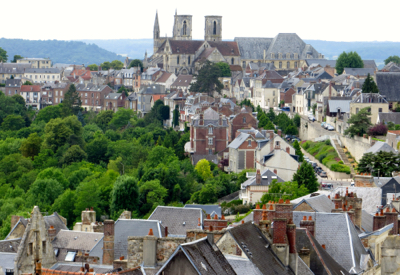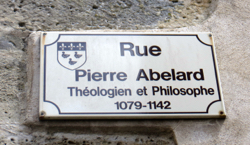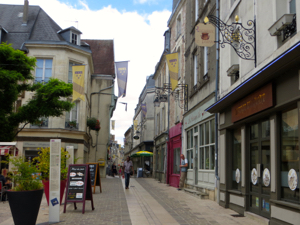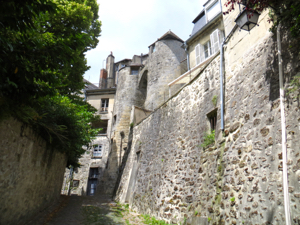 |
What to See & Do in Laon, France | |
| Laon is made for wandering, with its medieval ramparts and gorgeous cathedral. | ||
|
|
|
The big attraction in the city of Laon—and I do mean big—is the Cathedral Notre-Dame. This early Gothic structure, built it just 30 years (1150 - 1180) is a masterpiece of Gothic architecture and inspired many other cathedrals, including those in Reims and Chartres. More... It is also possible to climb the Cathedral towers, with a guide. You'll enjoy some wonderful views and get a closer look at the interesting animal sculptures on the towers.
Structures such as the Soissons Gate, the Ardon Gate, and the Porte des Chenizelles give a picture of the fortified city during medieval times. In addition, as you wander the streets, you'll see remains of ramparts and towers. If you see an open gate, walk through and you'll get a glimpse of city walls and old houses. You'll find one street named for Pierre Abélard, Theologian and Philospher, who lived from 1079 until 1142. Perhaps best known for his romantic involvement with Heloise, the tomb of Abélard and Heloise is one of the most visited at Père Lachaise Cemetery in Paris. Abélard came to the cathedral school of Laon to study with Anselm of Laon, a famed theologian of his time. However, Abélard found the master boring, and their disagreements led to Abélard's expulsion from the school. But the street name remains! Laon is also known for its tiny alleyways and hidden courtyards. They're easy to miss, so keep an eye out as you walk through town. The Abbey of Saint-Martin, just inside the ramparts at the western edge of town, dates from the 12th century. You can get a nice view of it from the Cathedral towers. A favorite son of Laon is Jacques Marquette, a Jesuit missionary from Laon who went to Canada in 1666 and evangelized native Americans. He had a close association with the various tribes during his time and even learned some languages. In 1673 he participated in the first exploration of the Mississippi River, and he is credited with founding Sault Ste. Marie, Michigan. A large statue commemorates his birth in Laon (1637), his missionary work, and his death in Canada (1675).
|
|
Above, It's great fun to wander down the main street of Laon.
|





